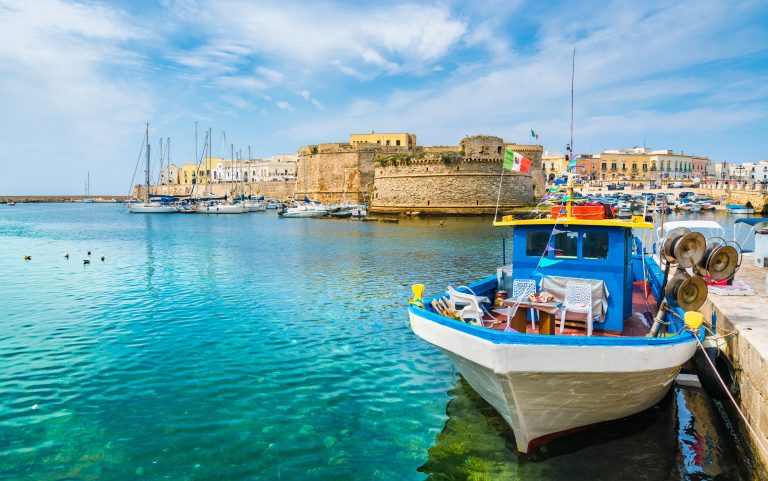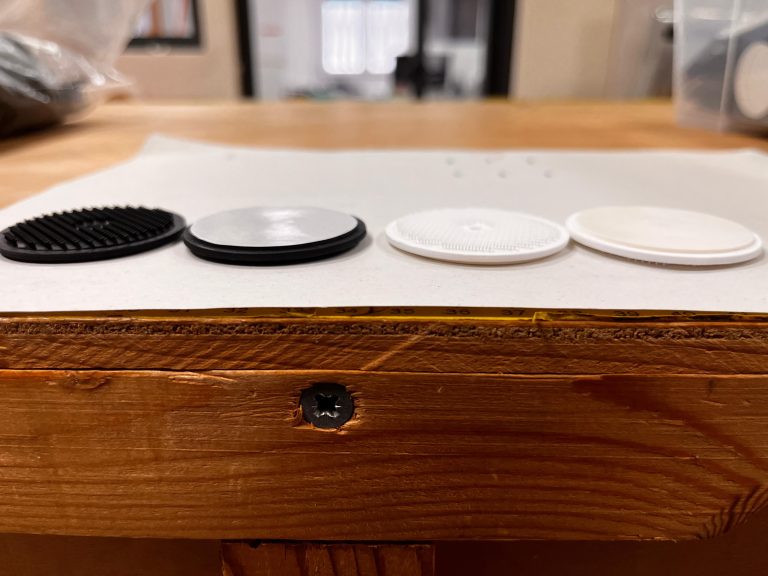 A boat is a complex entity, made by many different materials, techniques, tools, not easy to handle and understand. Many are the problems and challenges boat designers and a boat yards are facing during the long process of designing and building a boat.
A boat is a complex entity, made by many different materials, techniques, tools, not easy to handle and understand. Many are the problems and challenges boat designers and a boat yards are facing during the long process of designing and building a boat.
An Interdepartmental Center for Industrial Research dealing with Advanced Mechanics and Materials which has among its competences the Marine Unit, this is CIRI-MAM of the University of Bologna.
The marine unit is divided into five macro-areas: advanced design methods for boating, structural simulation, water / air fluid dynamics simulation, structural integrity and quality verification with non-destructive methods and physical / digital prototyping and photorealistic visualization.
The headquarters are at the Nautical Technopole in Marina di Ravenna (RA) near the shipyards and the internal quay of the Candiano Canal. This location represents an excellent point of presence “at sea” for research activities in the field.
The research center is divided into five macro-areas: advanced design methods for boating, structural simulation, water / air fluid dynamics simulation, verification of structural integrity and quality with non-destructive methods and physical / digital prototyping and photorealistic visualization.
Marine advanced design methods
The creation of pleasure or competition boats capable of operating safely, reliably and economically, in an industrial context that aims at its eco-sustainability, is a challenge that requires the use of specific cutting-edge skills and technologies. The philosophy of the Technopole is oriented to the cooperation between all the competences involved in the boat design, is part of a complex engineering field from which it makes Design for X its own: the result is a better quality of the products, a reduction of costs and overall times of realization of the project. The most innovative design techniques for standardization are implemented. The design is based on Simulation Based Design – SBD fielding intrinsically sustainable and methodologically rigorous design strategies, identifying the objectives and constraints of the design, together with digital prototyping (Digital mock-up – DMU) which allows the simulation of assemblies before they are actually carried out, they permit the evaluation of alternative scenarios and options as well as an early identification of construction problems.
The internal computer center, equipped with a cluster in a high-performance Linux environment, allows, thanks to the exploitation of the available computing power, an increase in the calculation speed and consequently a reduction in design times. All this leads to the best possible solutions.
Structural simulation
The experience deriving from university research and the consolidated collaboration with external industy partners, allow the center to better manage the design activities involving the use of FEM -finite element analysis. The analysis range from the “classic” linear static calculations to which, in the preliminary validation phase, most of the structural sizing is attributed, to the highly non-linear analysis used in case of large displacements and deformations and to non-linearities associated with such large composite materials employment in the marine industry. To this, the kinematic analyzes for the study of the behavior of moving bodies and the modal analyzes aimed at the vibrational study of structures are combined.
Large displacements and deformations, together with non-linearity and anisotropy due to composite materials, are often serious problems in marine design, as it involves the determination of the structural dynamic response to vibrational loads. All these problems can be managed through the use of standard industrial applications or by creating customized software to develop new constitutive models and implement them in the adopted numerical codes.
Computational fluid dynamics (CFD) activities are performed using RANSE methods, Smooth particle hydrodynamics (SPH), Advanced Vortex methods (AVM) and variations to traditional potential methods. The simulations are extended to the fluid-structure interaction (FSI), acoustic radiations with particular attention to the impact of motor boats on the marine environment and comfort on board.
CFD is one of the most interesting and fascinating application possibilities in the nautical sector, particularly for sailing. This is the sector that most benefits from the presence of the parallel computing cluster within the Technopole; in addition to a reduction in calculation times, it allows an increase in the accuracy of the results associated with the simulations themselves and the possibility of performing simulations involving the interaction between material structures and the fluids around them (Fluid-Structure Interaction – FSI) whose main application is the air-sail interaction.
Regarding the fluid dynamic aspects of the “boat system” as a whole, numerical activities and methodologies are carried out using RANS methods, meshf ree methods such as Smoothed-particle hydrodynamics (SPH) and variants to traditional methods.
The simulations extend to the phenomena of acoustic radiation, with particular attention both to the effects that a motor boat causes on the marine ecosystem, and to the well-being of people on board.
Test for structural integrity and quality control
With modern electronic instrumentation it is possible to monitor the boat structure in real time, generally using appropriate imposed solicitations, or analyzing it during its normal life cycle, detecting and processing localized micro-stresses. In this context, the technological transfer activity of the Tecnopolo della Nautica is aimed at the design and development of a sensor networks and systems for the acquisition and processing of signal in the structural characterization.
The personnel involved in this activity has specific competences in the field of strain gauge measurements and ultrasonic monitoring. This last technique is one of the most promising non-destructive controls both in terms of inspection power and low cost. It is based on the study of propagation and reflections of elastic waves in materials, in particular conventional methods use longitudinal and transverse waves. The analysis of the ultrasonic signals thus obtained allows the detection in many materials of numerous types of defects among which we mention: the presence of delaminations, the type of delaminations, the uniformity of the thickness of the stratification, the compaction of the fibers and the uniformity of the mechanical properties of the structure, possible inclusions of foreign material to the lamination.
Physical / digital prototyping and photorealistic visualization
Prototyping is a technology of primary importance both for the overall vision of design and style studies and for the production of molds. Studying and optimizing not only the hull but also the production procedures of the deck and the interior, allows to obtain perfectly compatible products. Dimensional checks on the hulls produced are not only a quality control, but also a way to improve the final product and the improvement of the mold making techniques, especially if they are large.
The Tecnopolo also has a Virtual Room for the photorealistic visualization of three-dimensional models of vessels and their interiors to allow an effective communication of the product both in the development phase of complex concepts and in the interaction with the final customer.
Environment
Quality, recyclability and eco-sustainability in pleasure crafts, a theme that is gaining popularity all over the world. More and more attention is paid to the environmental impact. In every industrial sector there is now a growing effort in the development of so-called green technologies, in an attempt to satisfy both the sensitivity of new customers and the stringent requirements of the new regulations. The nautical industry has seen a growing use of polymer matrix composites since the early 1960s. Thanks to their excellent specific properties they achieve high performance while maintaining low weight. For this reason they are also used in many other fields such as aeronautics and motor racing. The increasingly massive use of these difficult to recycle materials has a negative impact on the environment since the systems currently available for disposal are essentially landfill and incineration and do not allow responsible management of the composite at the end of its use.
The work of prevention and waste management upstream of the design is essential to obtain the best results in terms of recycling
In order to be able to recycle a complex product such as a boat with high percentages of recovery, there is a need to intervene in advance in the project phase, identifying the methods of separation and the techniques needed to be able to recover the waste material.
The nautical field is mainly represented by small and medium industries that have traditionally been quite closed to innovation and research, but can no longer ignore the trend. The Technopole, together with its industrial partners, works on Econaut project which aims to improve the eco-sustainability of the nautical product by affecting the entire life cycle of the product and the entire supply chain serving the shipyards.







